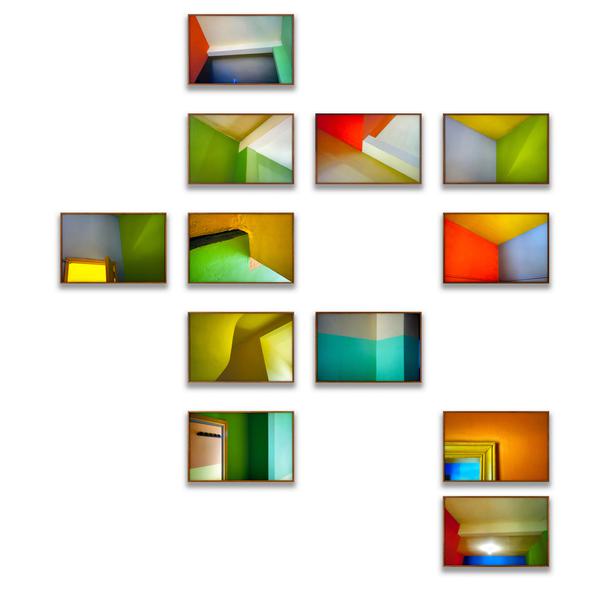João Modé
João Modé (b. 1961), a prolific artist based in Rio de Janeiro, is renowned for his innovative use of a diverse range of visual media, creating works that engage symbiotically with their spatial and temporal contexts. His artistic practice is deeply rooted in the principles of Brazilian Constructivism and Neo Concretismo, movements from the 1950s and 1960s that challenge viewers to engage sensuously and emotionally with art.
Modé's oeuvre spans video works, photographs, fabrics, and large-scale installations, all of which subtly intervene in and interact with their architectural surroundings. His work often incorporates everyday objects, infusing them with poetic significance and encouraging a fresh appreciation for the overlooked aspects of daily life.
Since 2000, Modé's work has been featured in solo and group exhibitions worldwide. Notable recent exhibitions include “Paninhos – a dialogue with the MAC collection” at MAC, Museu de Arte Contemporânea in Rio de Janeiro (2020) and the group show “Troposphere” at MAM, Museu de Arte Moderna in Rio de Janeiro (2020). Other significant exhibitions include Les Calanques at FRAC Marseille (2018), the Istanbul Offsite Project Bahar for the Sharjah Biennial 13 (2017), and the Aichi Triennale in Japan (2016).
Modé's projects often involve direct public participation, such as NET, which has been exhibited in cities like São Paulo, Berlin, Stuttgart, and Rennes, and Constellations. He has collaborated with numerous international institutions, including Capacete Entretenimentos in Rio, Le Centre du Monde in Brussels, Casa Tres Patios in Medellin, Watermill Center in New York, the Rockefeller Foundation in Bellagio, Italy, and the Camargo Foundation in Cassis, France.
His works are part of prestigious collections, including MAM - Museu de Arte Moderna in São Paulo and Rio de Janeiro, Pinacoteca do Estado de São Paulo, and FRAC Bretagne. Through his multifaceted approach and deep engagement with space and temporality, João Modé continues to challenge and expand the boundaries of contemporary art.
Featured Artists
- Ancart Harold
- Andre Carl
- Avery Milton
- Baldessari John
- Barnes Ernie
- Brice Lisa
- Castellani Enrico
- Crawford Brett
- Dadamaino
- Dávila Jose
- de Tollenaere Saskia
- Downing Thomas
- Dyson Julian
- Elsner Slawomir
- Freud Lucian
- Gadsby Eric
- Gander Ryan
- Guston Philip
- Haring Keith
- Held Al
- Hockney David
- Katz Alex
- Kentridge William
- Knifer Julije
- Le Parc Julio
- Leciejewski Edgar
- Léger Fernand
- Levine Chris
- LeWitt Sol
- Marchéllo
- Mavignier Almir da Silva
- Miller Harland
- Modé João
- Morellet François
- Nadelman Elie
- Nesbitt Lowell Blair
- O'Donoghue Hughie
- Perry Grayson
- Picasso Pablo
- Pickstone Sarah
- Prehistoric Objects
- Quinn Marc
- Riley Bridget
- Ruscha Ed
- Serra Richard
- Shrigley David
- Smith Anj
- Smith Richard
- Soto Jesús Rafael
- Soulages Pierre
- Spencer Stanley
- Taller Popular de Serigrafía
- The Connor Brothers
- Turk Gavin
- Vasarely Victor
- Wood Jonas

